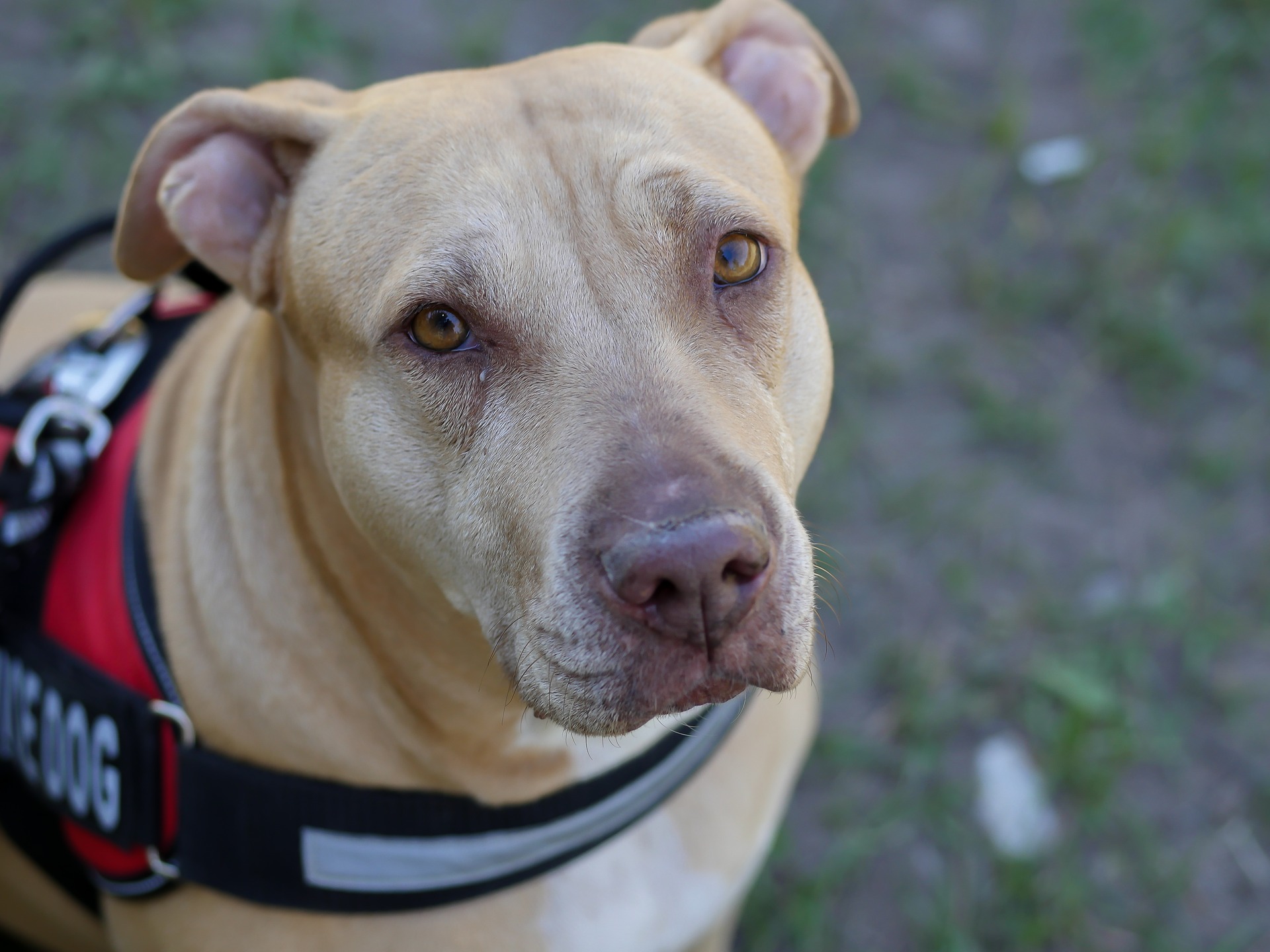Letting the (Service) Dogs In: Where Public Safety and Anti-Discrimination Laws Meet
5 Min Read By Karen S. Elliott and Rebecca M. Lightle
Travelers and diners are increasingly finding that they’re sharing their flight or their restaurant with animals, and many other businesses nationwide are also seeing more patrons with furry friends. It’s a trend that presents special challenges, particularly in settings where public health and safety regulations often limit or exclude animals. As a growing number of people with disabilities rely on service animals – and others attempt to pass off their pets as trained assistants — here’s what you should know.
The Americans with Disabilities Act (ADA) requires places of public accommodation such as restaurants and transportation carriers to allow service animals that assist people with disabilities. The ADA and related federal antidiscrimination laws take precedence over general restrictions on animals, but only under certain conditions and behavioral standards. The U.S. Department of Justice – the ADA’s primary enforcement authority – considers only dogs to be “service animals” (although many of the law’s protections also apply to miniature horses). Because service dogs are not pets, businesses cannot subject them to “pet fees” or segregation in “animal-friendly” areas. These rules are more broadly defined for air carriers, as you’ll see.
To meet the ADA’s definition, a dog must be individually trained to perform specific tasks that directly relate to an individual’s disability. For instance, a service dog may be trained to assist with navigation or alert its handler to safety concerns. However, if a dog provides aid only by its natural behavior, then it lacks the individualized training necessary for ADA accommodation. This standard means that the ADA does not apply to many dogs that function as therapy, emotional-support and companion animals. Admitting these dogs on the premises could violate local health regulations that prohibit animals at food-service establishments except for ADA-protected dogs.
To further complicate matters, it can be difficult for staff members to identify a true service dog. Although pet owners can easily buy “unofficial” documents or apparel, these signifiers have no ADA significance because the law does not allow public accommodations to require certificates, licenses, or other physical proof that a dog qualifies as a service animal. Yet the ADA does not permit questioning an individual about the nature of his or her disability.
So how should a business assess whether a customer’s dog is a service animal? Federal regulations instruct that if it is readily apparent that a dog is aiding an individual with a disability – for example, by leading a person who is blind – then staff members should simply allow the dog in as a service animal. But if the dog’s function is not apparent, then the ADA permits only two types of inquiries. First: “Is this dog required because of a disability?” And second: “What specific assistive task(s) has the dog been trained to perform?”
Unfortunately, some service-dog fraudsters are prepared to give false answers to these questions. But certain courts have recognized that the ADA allows establishments to ascertain their legal obligations by asking follow-up or clarifying questions. For example, service dogs must be fully trained, so staff may ask if training is complete (a puppy would not meet the standard). They may also ask for more details about the specific assistive task or tasks a dog can perform. Managers should proceed with caution in these situations: excessive questioning or requests for demonstrations of the dog’s training would almost never be justified under the ADA.
Even legitimate service dogs can be excluded from public accommodations if they are not housebroken or not under their handlers’ control. The ADA also does not give service dogs free rein to threaten others’ legitimate health and safety interests. For example, restaurant staff may prohibit service animals from eating at tables or sitting on chairs meant for patrons. And service-dog handlers are responsible for property damage to the same extent that other patrons would be held responsible.
The ADA’s service-animal rules also apply to carriers such as trains, buses, and taxis, with a key difference: the U.S. Department of Transportation does not limit its definition of “service animal” to dogs. Therefore, other animals may be permitted on transit systems if they have appropriate assistive training, are housebroken, and are under the control of their handlers.
On airplanes, however, the federal Air Carrier Access Act provides even broader protections for service animals. Unlike places of public accommodation governed solely by the ADA, commercial airlines must accept ID cards, other documentation, apparel, or “credible verbal assurances” as evidence that a service animal is legitimate (although an airline may prohibit “unusual service animals” such as reptiles, rodents, and spiders). Further, if a passenger with a disability produces appropriate documentation from a licensed mental health professional, the law requires airlines to accommodate emotional-support animals that would not be protected by the ADA.
Service animals accompanying commercial air travelers must be permitted in any seat space where their passenger-handlers are permitted to sit. But federal regulations also instruct airline staff to assess whether a service animal presents either a direct threat to the health and safety of others or a significant threat of disruption to the airline service in the cabin. If a dispute arises with a passenger as to whether the animal should be permitted, staff are to refer the matter to the airline’s mandatory complaint resolution official (CRO). Commercial airlines must provide a written explanation to any passenger whose service animal has not been accommodated under these rules.
For managers at places of public accommodation, decisions about allowing animals on the premises raise challenging legal issues, not to mention difficult customer-service and public-relations dilemmas. But developing written animal policies that balance the legal issues at play can help. Policies should instruct staff on permissible questioning and emphasize that service animals that are fully trained to assist individuals with disabilities are welcome, provided that their handlers effectively control their behavior.



